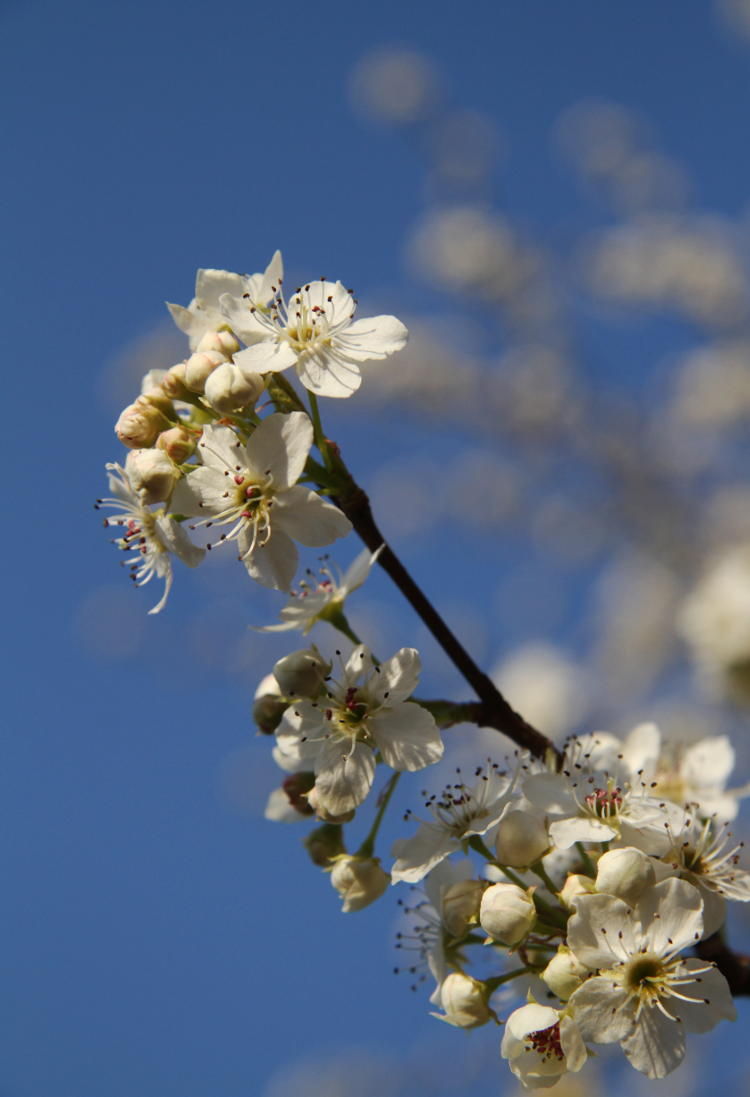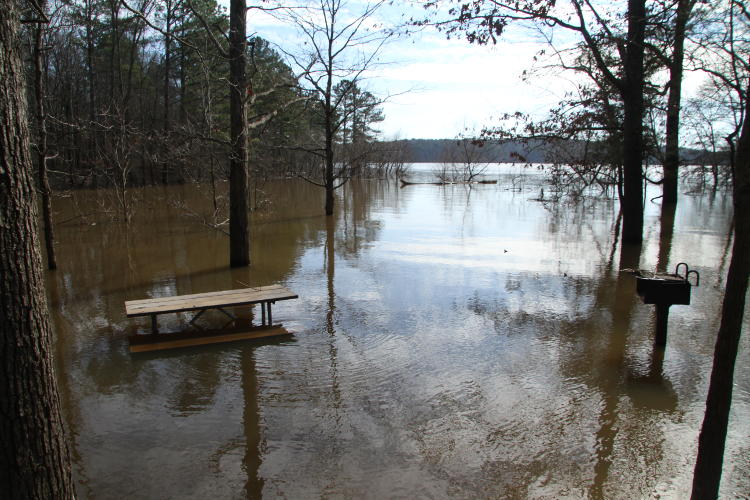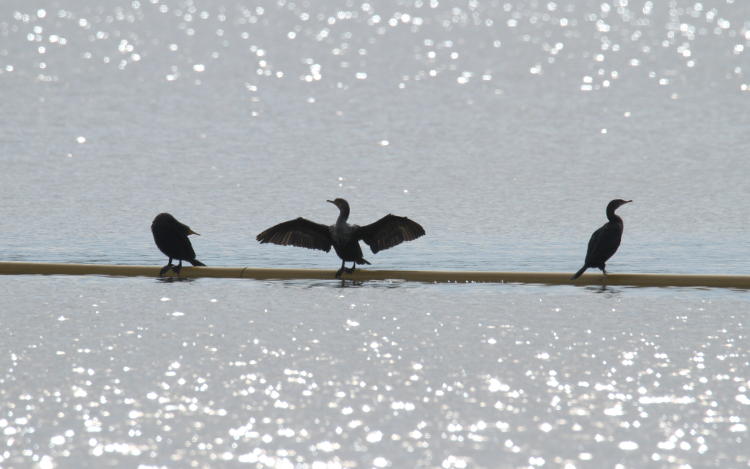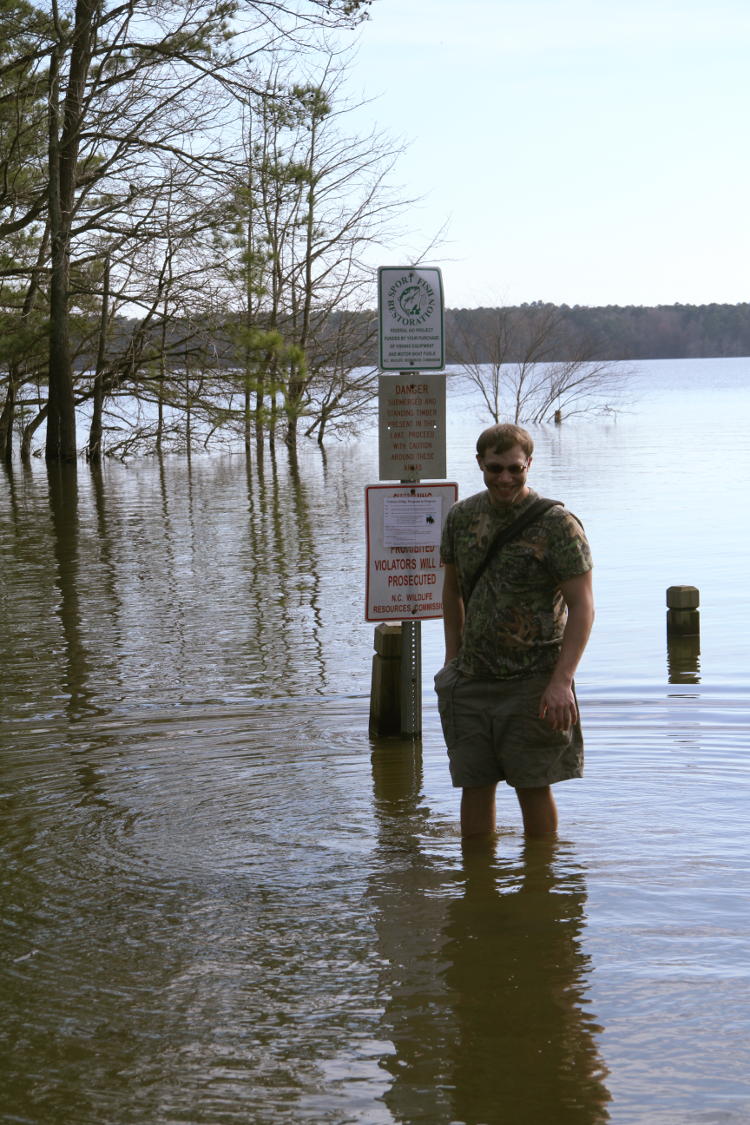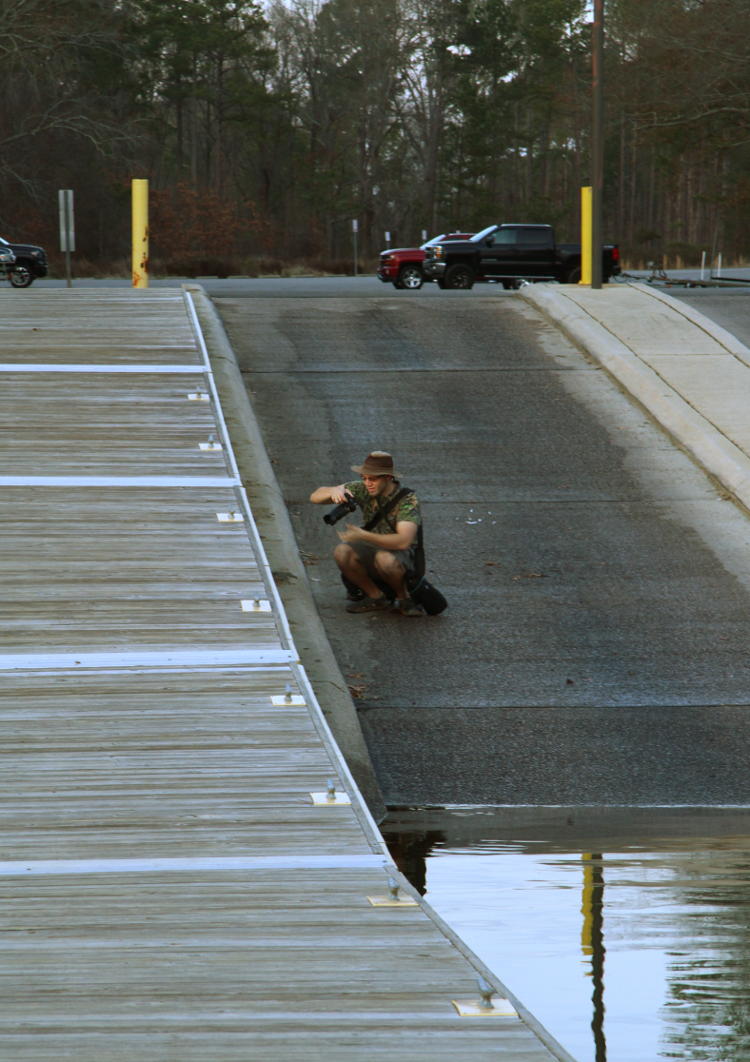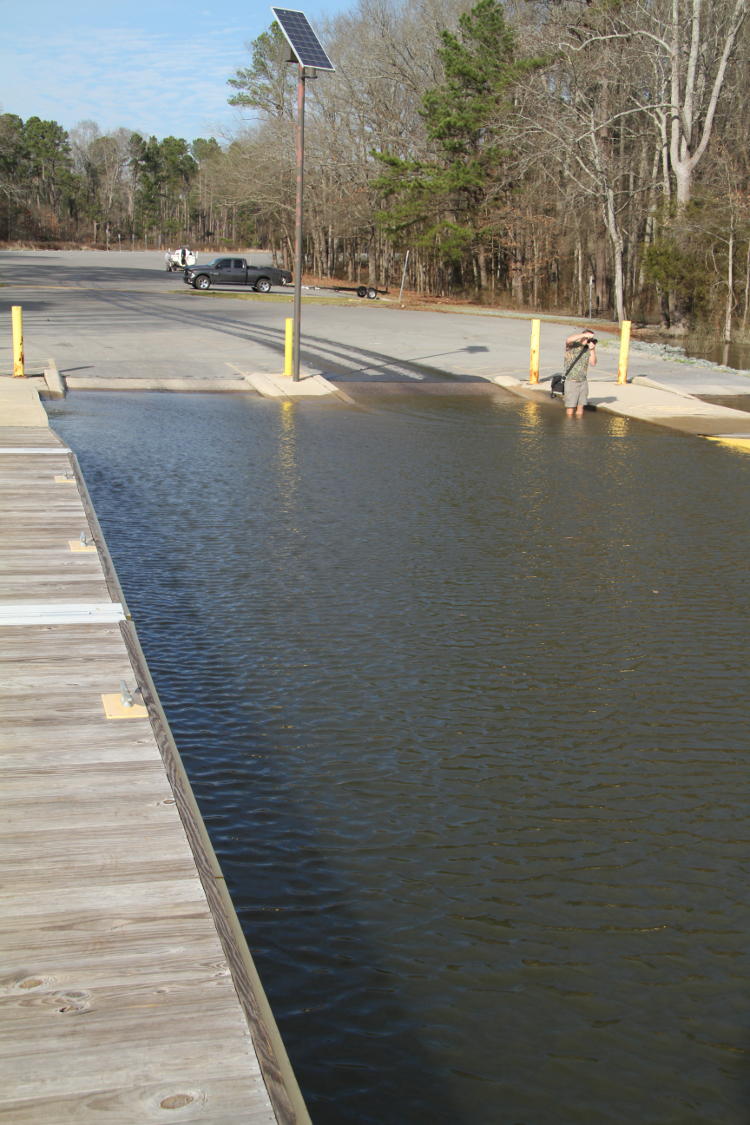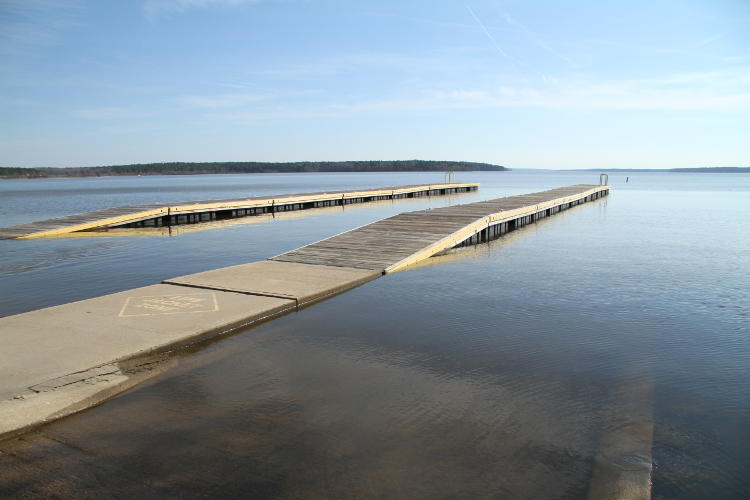
The images in this post are going to reflect more of my casual shooting stance last night, and I apologize. I went out solely to see if I could capture something in the few minutes that it might be visible, and I did, but didn’t have my heart set on astrophotography and it shows.
Above, a crescent moon was showing notable earthshine on the ‘shadowed’ portion while I was out, so I fired off a few frames to capture this, which overexposed the hell out of the sunlit crescent, and this is typical – the difference in light levels far exceeds the range of any camera out there, including the best slides films, so you pick one or the other to expose for. Or, like far too many people out there today, you get separate exposures for both and then Photoshop them together, like this is some reflection of skill or something. Is the snark showing? Gosh I hope not. Anyway, I also captured a neighboring star while I was at it, and was fretting that I missed an occlusion, but it turns out the two only passed close together – the closest pass was a little closer than this, but not by a lot.
[Pedantry on for a second: Technically, I probably did capture an occlusion, perhaps even a lot, because that means that a star would be behind the moon out of sight. What I thought I might have missed was the very beginning or end of an occlusion, when the star was right smack at the edge of the moon but visible, which was not going to be the case with the star seen here anyway.]
The moon was also appearing very close to Venus in the sky (which is not the star seen here,) and at twilight they were the only two things visible in a perfectly clear sky with some nice fading colors, but at that point we were leaving a restaurant and I did not have the camera with me. Yes, I admitted that, because my therapist suggested that I do, but I suspect he’s kind of a sadist to be honest, and just likes humiliating me. By the time we got home the colors had faded almost entirely, and I only looked at Stellarium to confirm that it was Venus in the sky near the moon, but realized I had ten minutes to get out and capture something else. This was a narrow time frame to get the tripod and trek to a spot where I’d have a clear view, but in that, I was successful at least.

The streak seen in this nine-second exposure is the Hubble Space Telescope passing by fairly low on the horizon, the first time I’ve captured it, largely because it always runs fairly low on the horizon for us here in NC – it is in an equatorial orbit and will never pass overhead, or even close to it. I’ve been out a few times before and never spotted it, or just caught the barest glimpse because it doesn’t reflect a lot of light. Which is faintly amusing in that, just a few moments after I closed the shutter on this exposure, it flared brightly, likely from its solar panels throwing back a more distinct reflection from the sun.
[More exposition: the sun can easily be out of sight to us around the curve of the planet, presenting a perfectly dark sky, but satellites are high enough to still be sunlit and visible, many times, and Heavens Above will let you know about all of them if you input your location. The app, only for Android users, will even pinpoint the spot against the sky when you hold your phone/tablet up, provided it has the necessary hardware, which nearly all do anymore.]
Now if you look at that image above, you’ll see some faint little crescents all through the image, and these are the background stars. You could take this to mean that my camera/tripod combination wasn’t perfectly steady, and you’d be right, but perhaps not to the extent that you think – in nine seconds, there should be streaks from the stars as the Earth rotates; there just shouldn’t be curves. That little bit of lateral displacement (in this case, upper right to lower left) was the unwanted movement, and I can’t explain why it occurs so evenly during the time of the exposure, but perhaps I was tugging gently on the cable release. It could also be a bad bearing on the Earth’s axle, I suppose…
While out there, I revisited another quick experiment from years past.
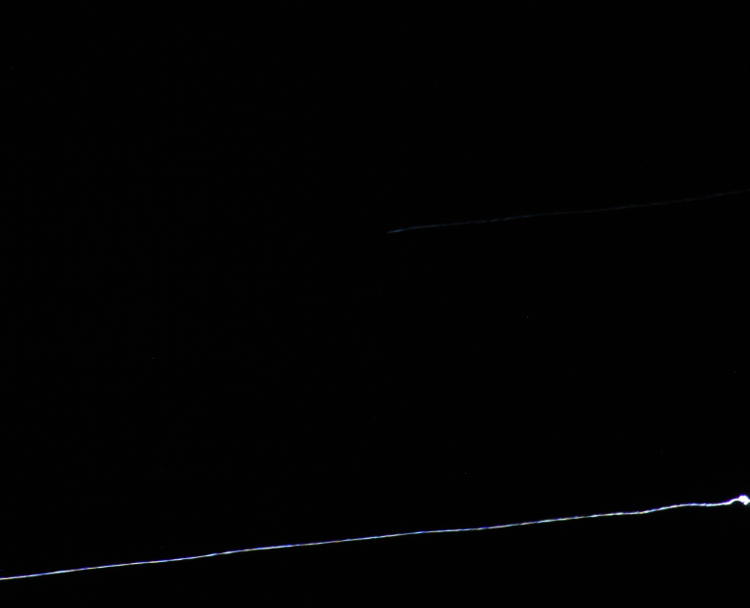
This is Sirius, the brightest star in the sky (still surpassed by at least three planets, though,) during a long exposure as I panned the camera on the tripod. The rainbow effect is from scintillation, kinda, and is responsible for the ‘twinkle’ that so many people see from the brighter stars. I did not expect this one to be steady at all, because the tripod and ballhead are not made for butterly-smooth pans of this nature – the squiggle at the right side is the start of the exposure as I began the pan. You can even see a hint of scintillation from another star higher in the frame, one so dim that it was probably barely visible, naked-eye (this was at 600mm focal length.)
[Yet another aside: my framing is terrible because the angles I was working at were uncomfortable, and again, I wasn’t being too serious – ha! Get it? The tripod was raised fairly high because I wanted to stand more-or-less upright, bad news for stability really, but even then I had to stoop a lot just to see the viewfinder for a lot of my subjects, and this meant unclear oblique views through the eyepiece. Had I been doing this properly, I would have had the tripod as low as possible, myself seated on a ground pad for a more comfortable view angle, and would have tightened down as many weak points as possible: tripod legs and center column, ballhead pan and ball knobs, mounting plate to lens, switched to mirror lock-up to reduce vibrations, ensure that I was on firm ground, and so on. Really sharp astrophotography images require a lot of prep, among them a tracking motor to counteract the Earth’s rotation. I was being lazy, but admittedly, I didn’t have a lot of time to capture the Hubble pass that I was originally after, and as it was my knees got extremely muddy for a few of the frames.]
Okay, one more little detail and then we’re done. This comes from a very tight crop of the image above, magnified more than 100%.
![]()
I noticed a couple of these while doing the edits, and highlighted this one for commentary. The little spot centered in the frame is not a star, because I was panning, and if it had been an actual light source it would have had to have been extremely momentary, mere milliseconds to not become stretched or attenuated by the camera’s motion like Sirius’ streak beneath it. While it remains possible that I caught something like a gamma ray burst, I am almost certain this is simply a bad pixel on the sensor, and because I shoot in jpeg rather than RAW, it got interpolated as this curious X-shape. I know, I know, “Why are you not shooting star images, or indeed everything, in RAW mode?!” Mostly, because RAW both takes a serious increase in memory usage and slows the camera down a bit in sequential shots, while providing a fractional increase in quality for only a handful of uses. I am against popular opinion in this regard, but I know my own demands too. Astrophotography does indeed benefit from RAW mode at times, and yes I should switch, at least when I’m doing this right. But, you know, some other time.





















































 I’ve got some current content that will be coming soon, but I’m a little tired right now and have to crash for a short while, and by the time I’m awake again it’ll be tomorrow, so I’m sneaking this in now, a trivial thing but it’s been on my mind for a couple of days.
I’ve got some current content that will be coming soon, but I’m a little tired right now and have to crash for a short while, and by the time I’m awake again it’ll be tomorrow, so I’m sneaking this in now, a trivial thing but it’s been on my mind for a couple of days.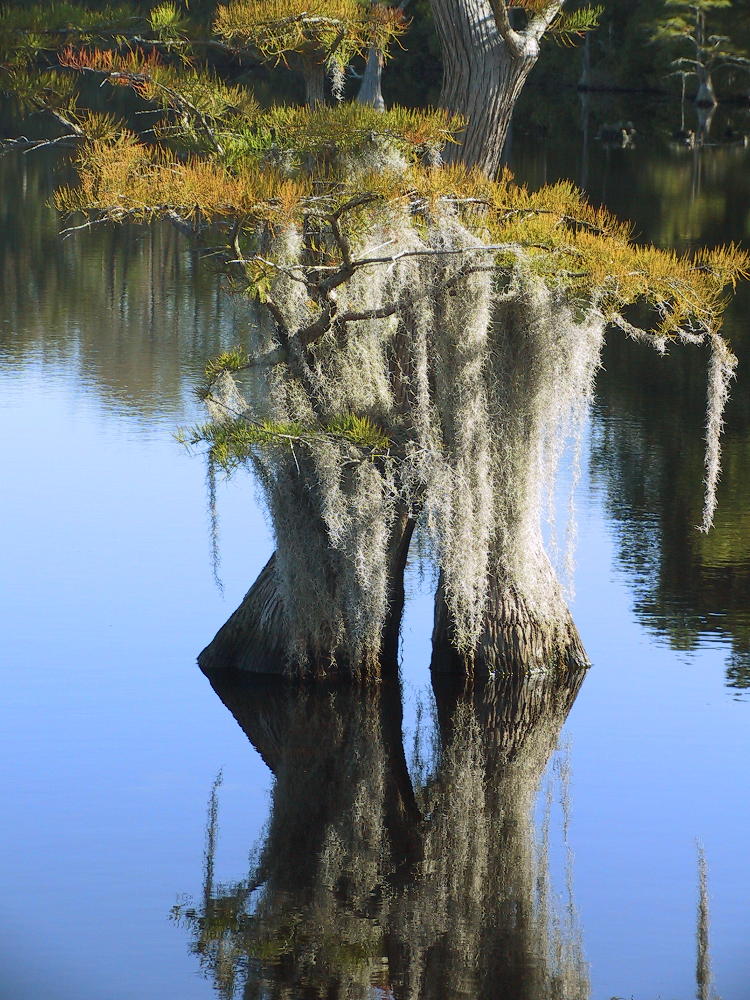
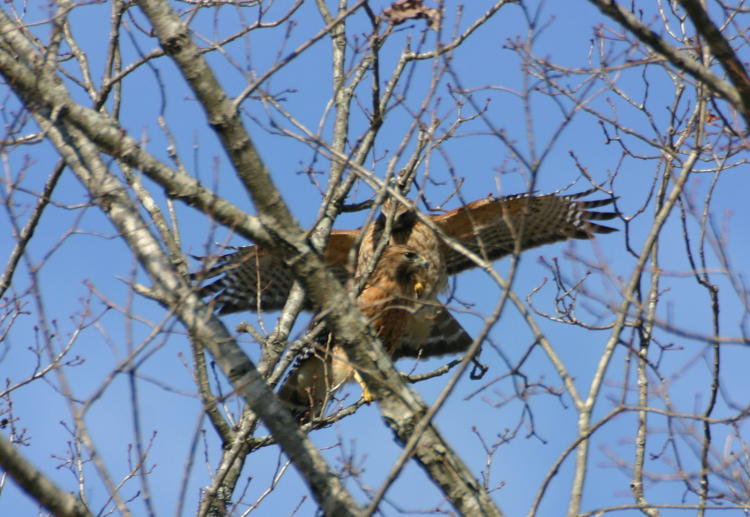
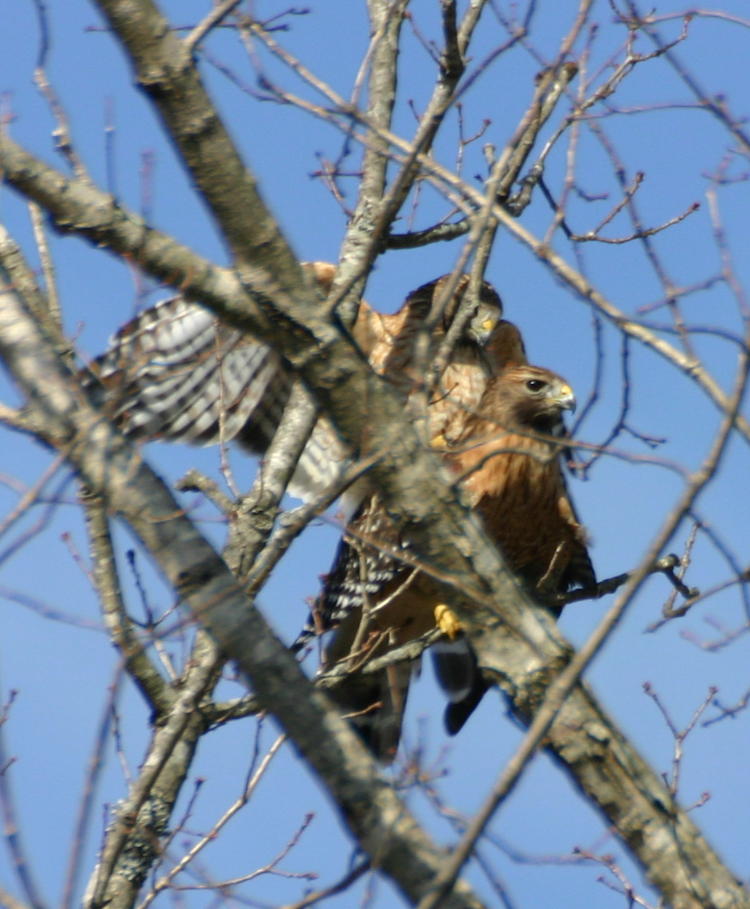
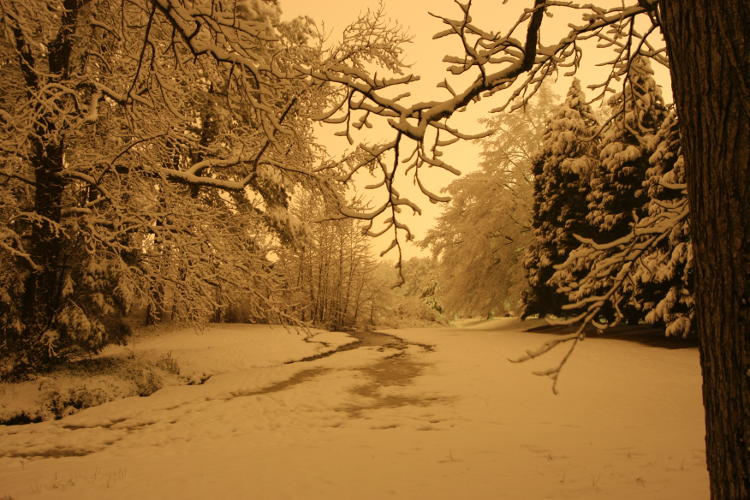

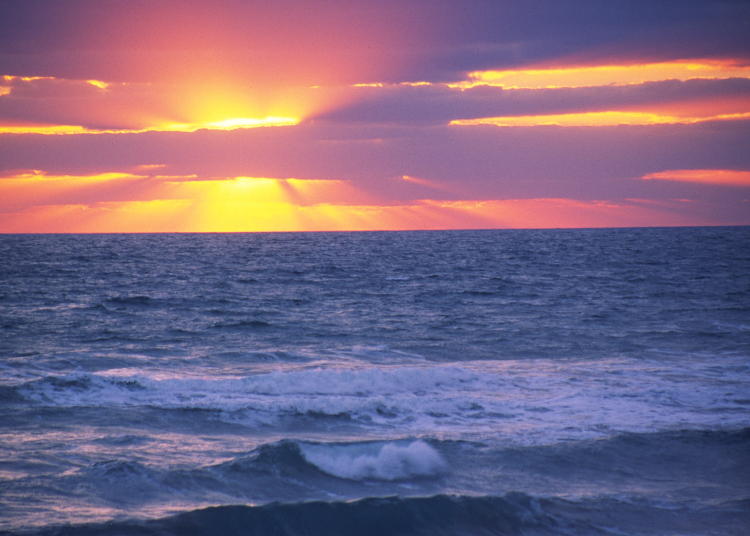

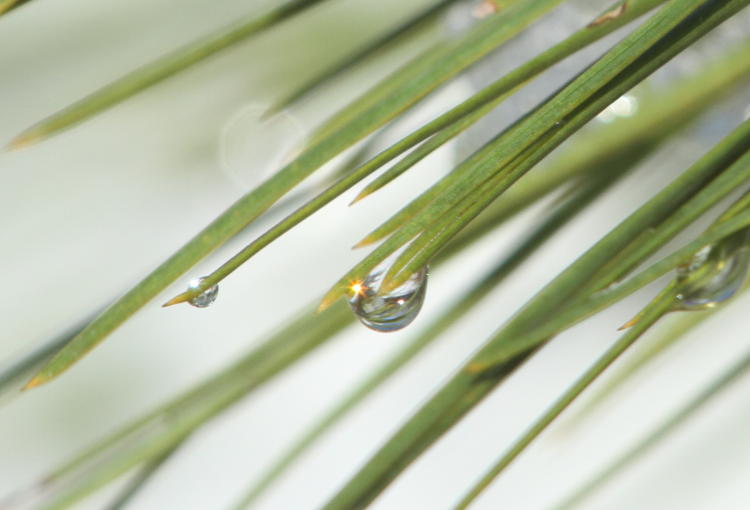
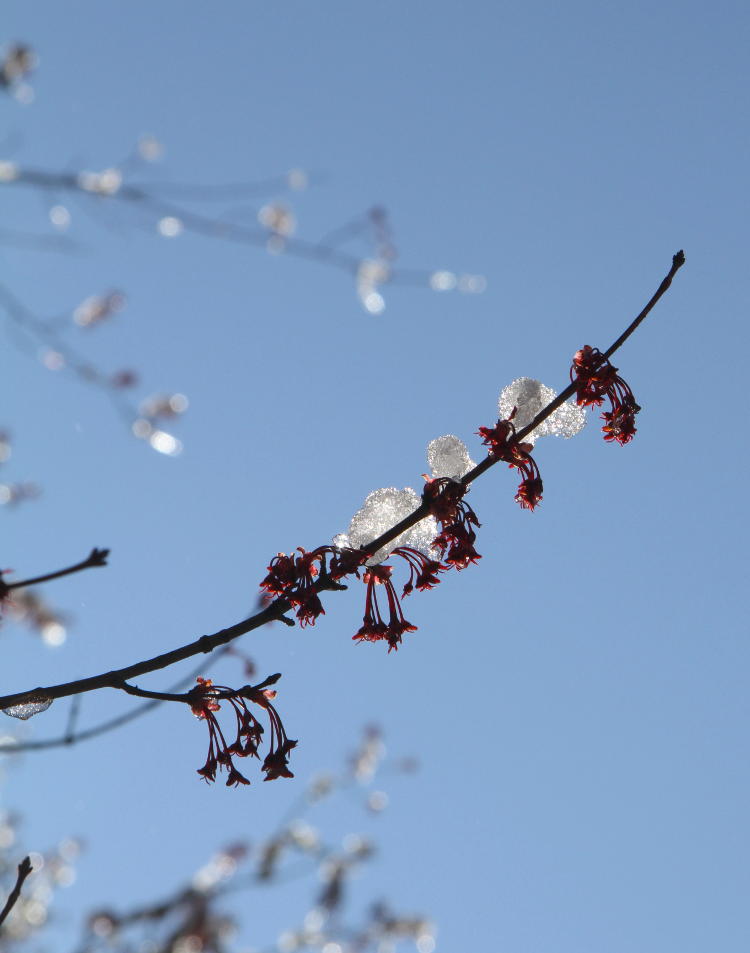
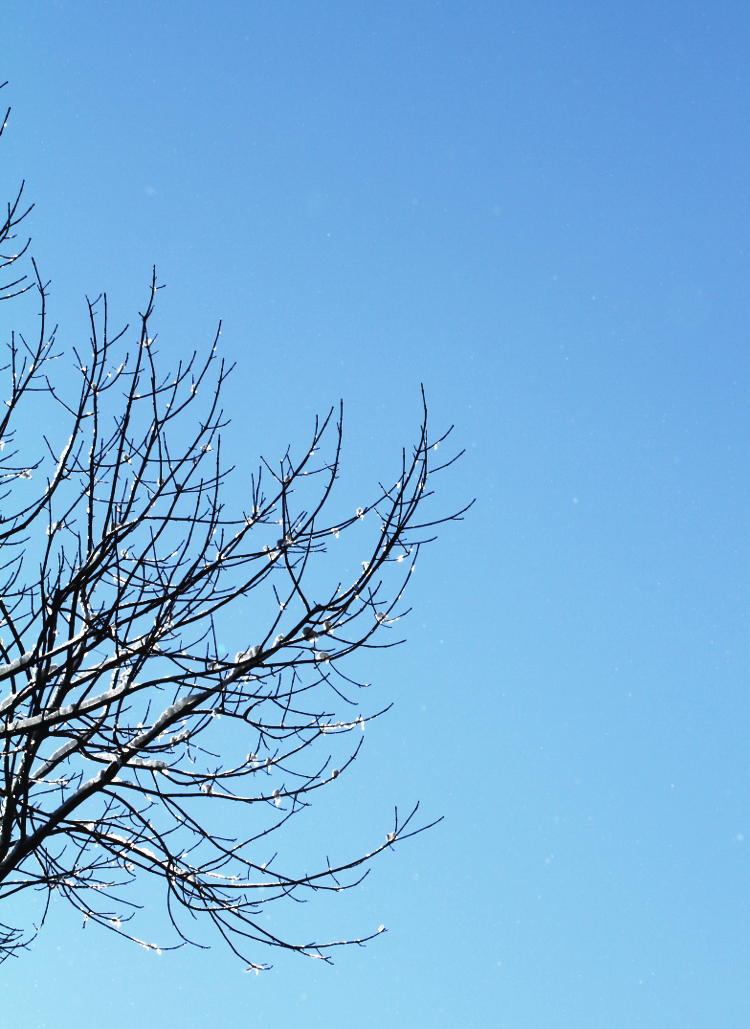
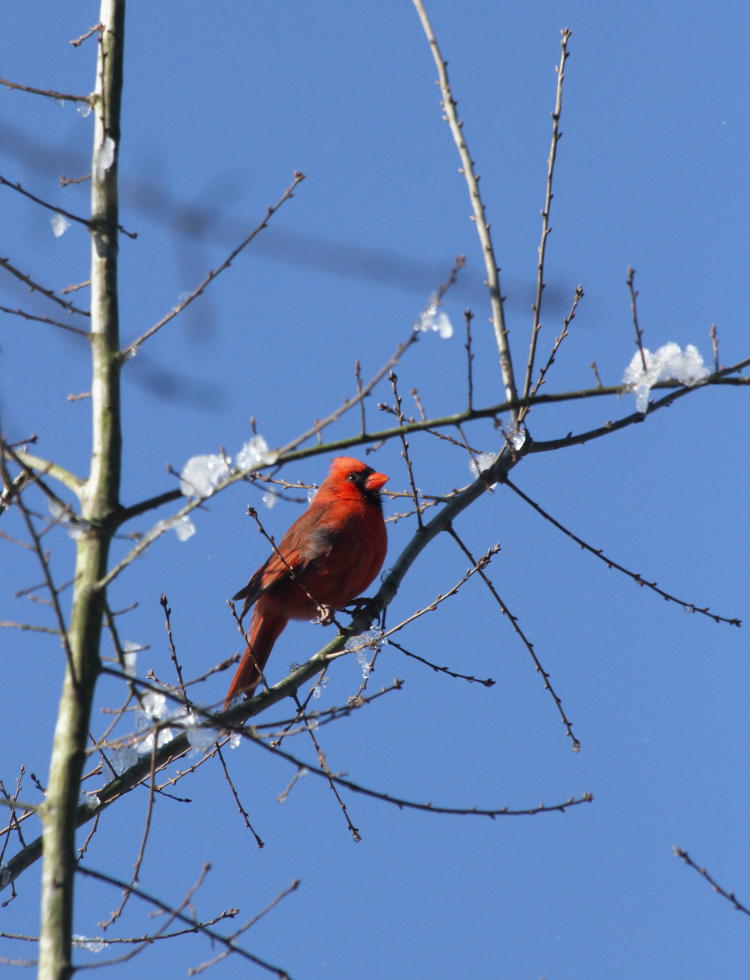
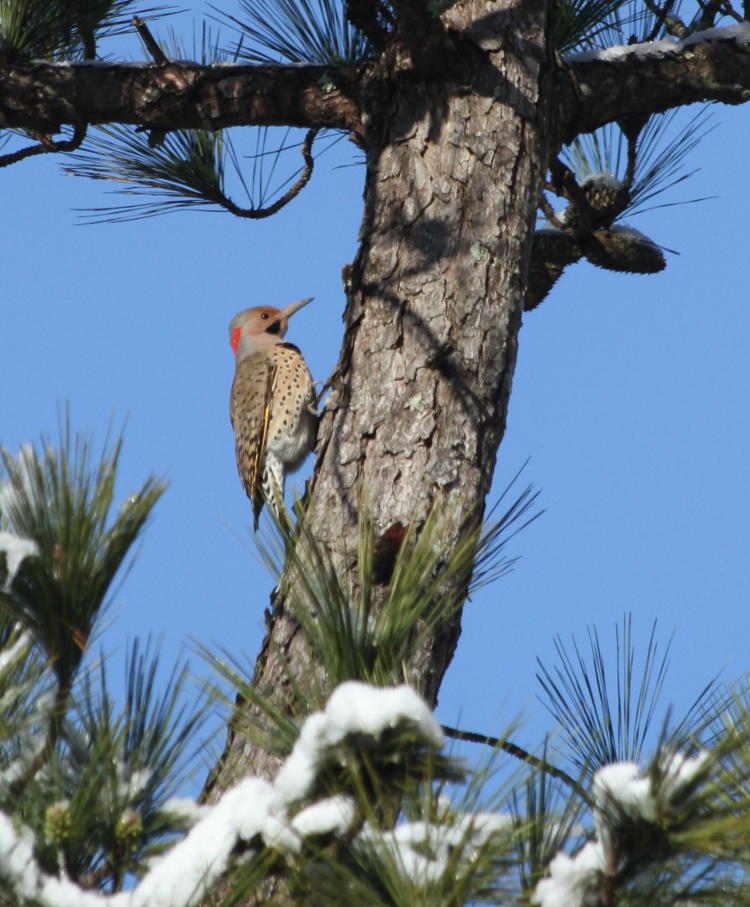
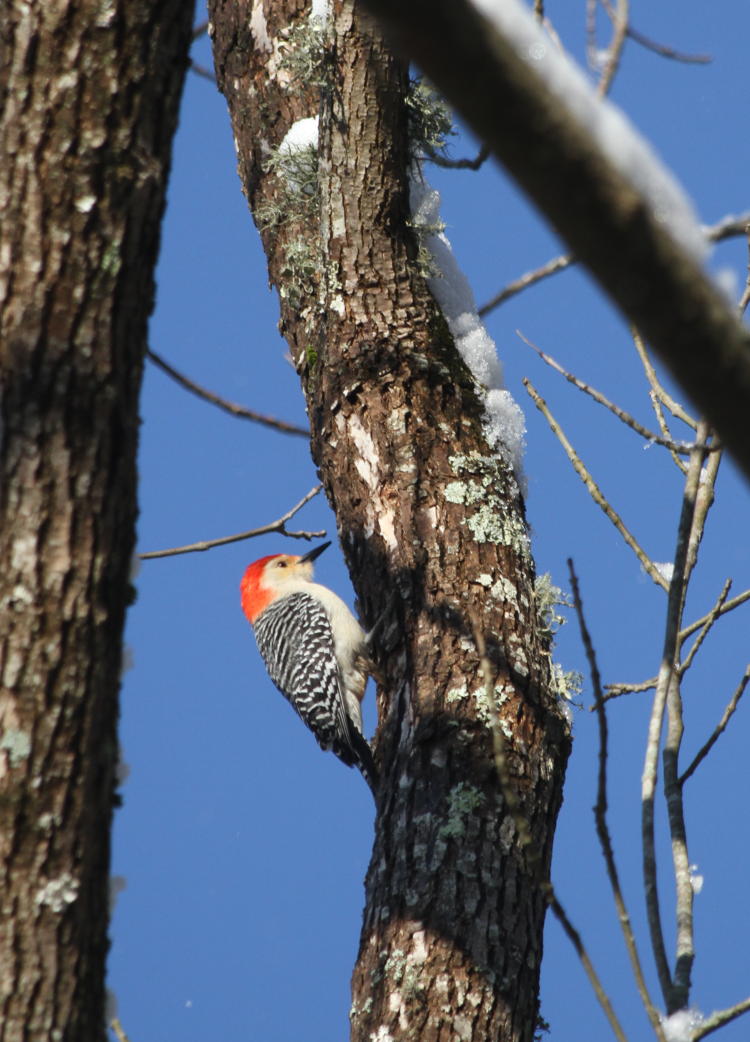
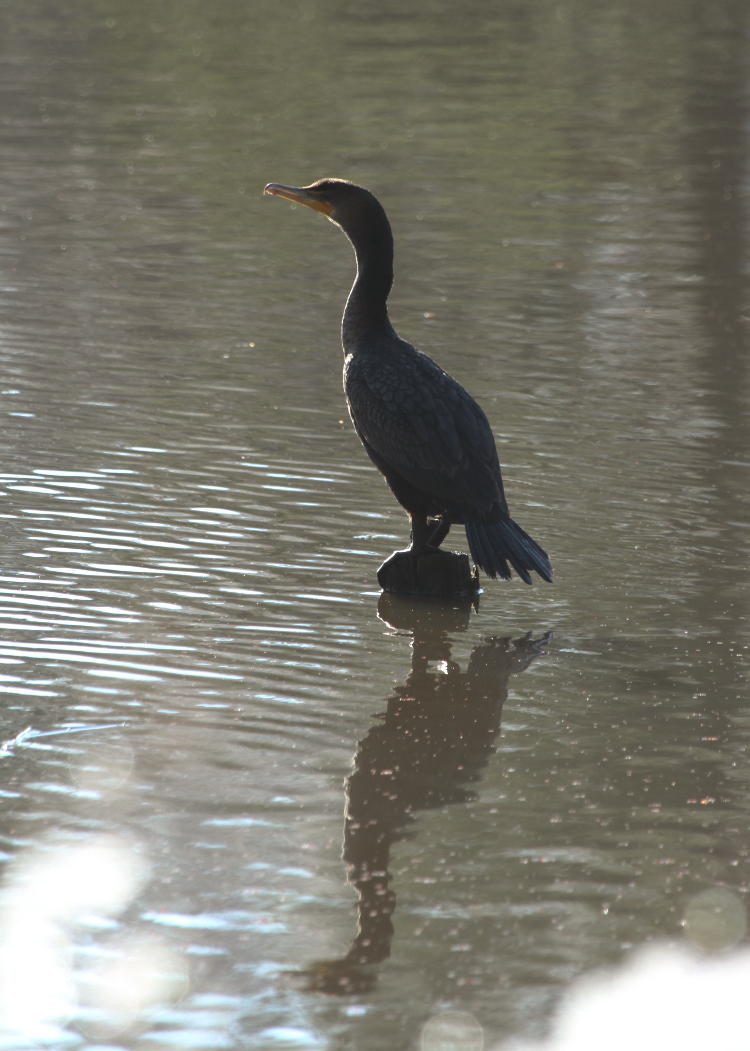
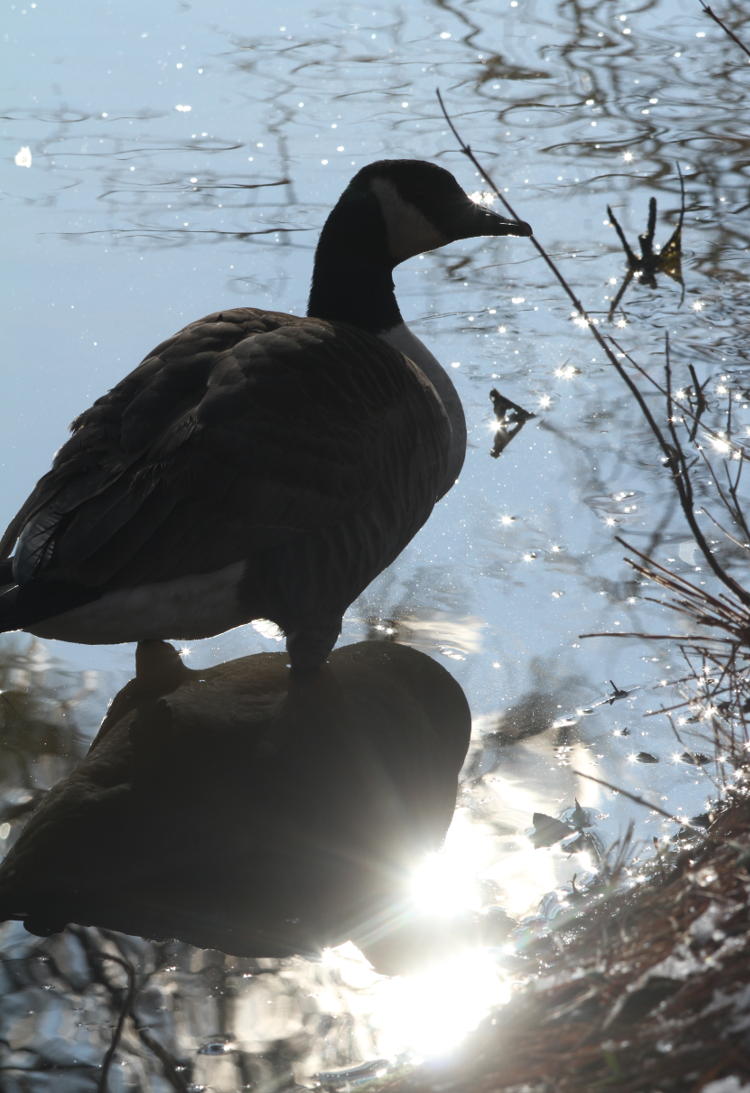
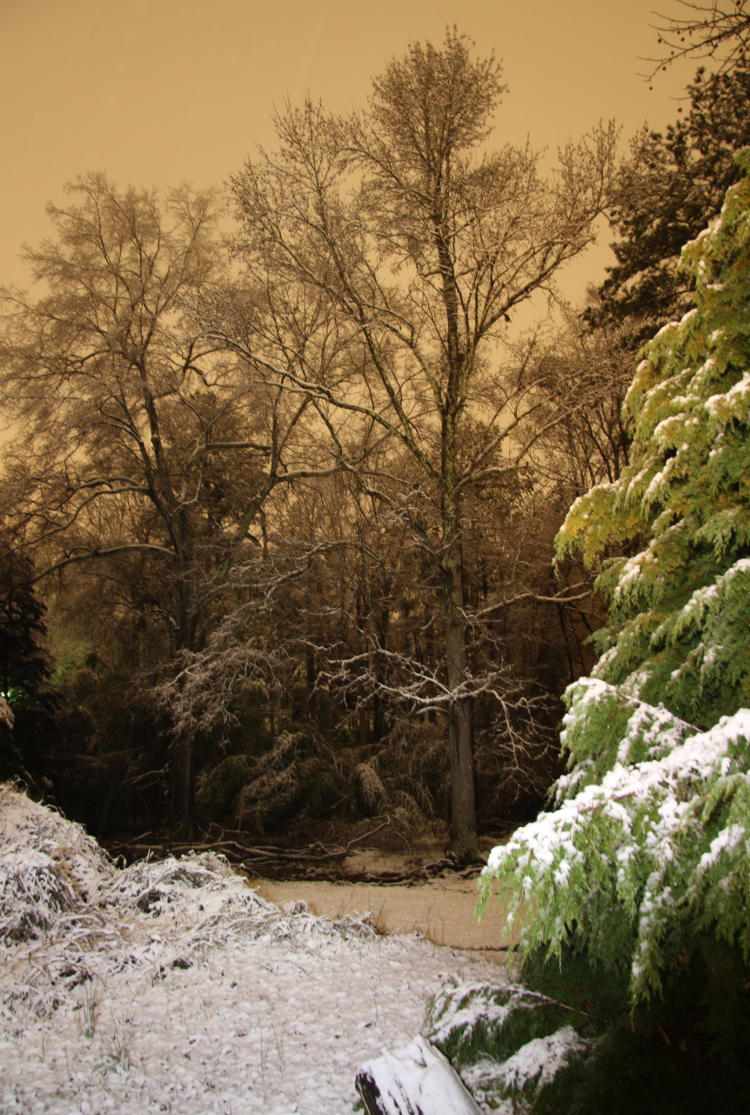
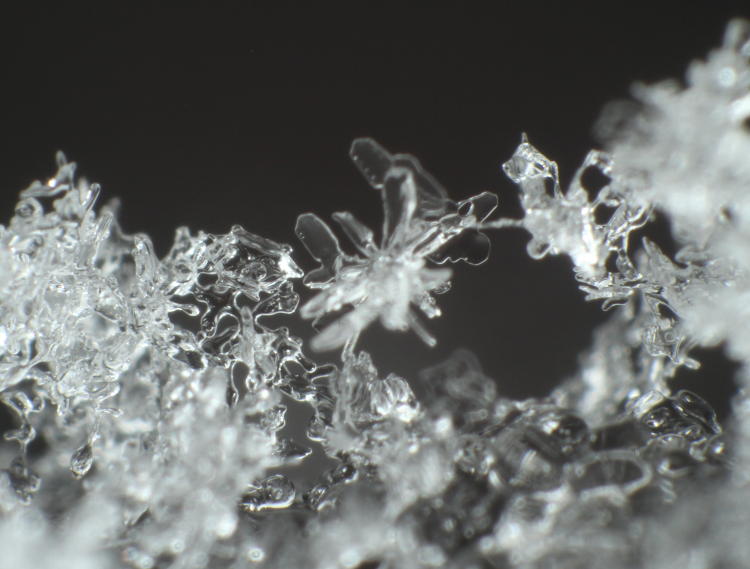
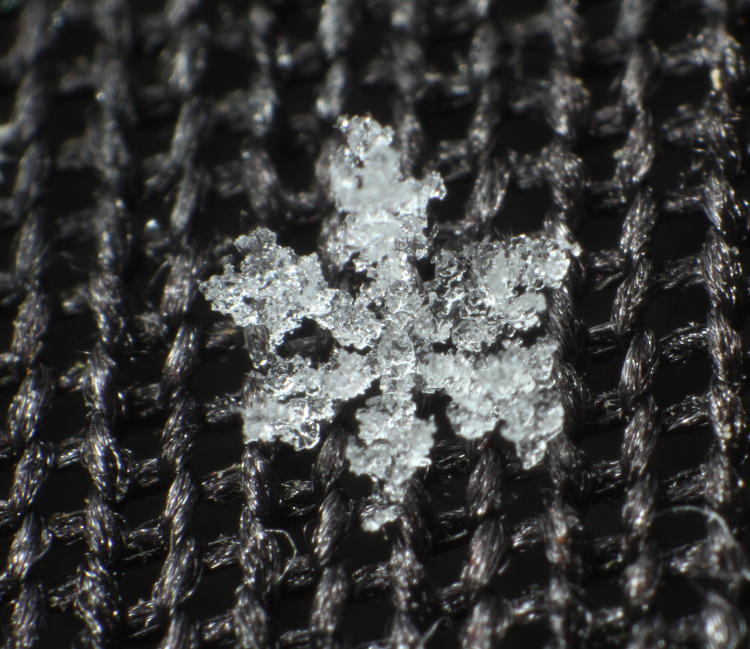
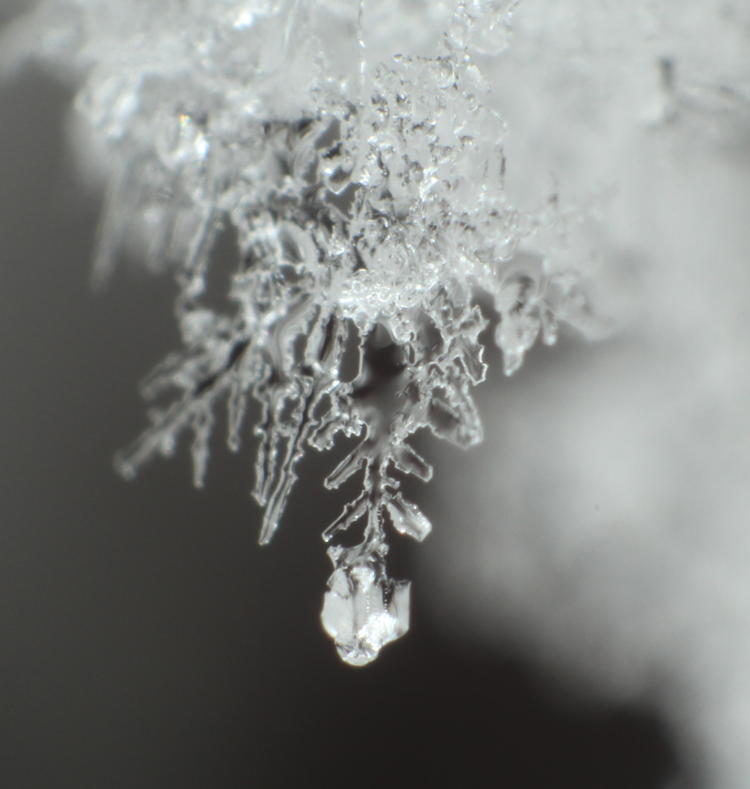
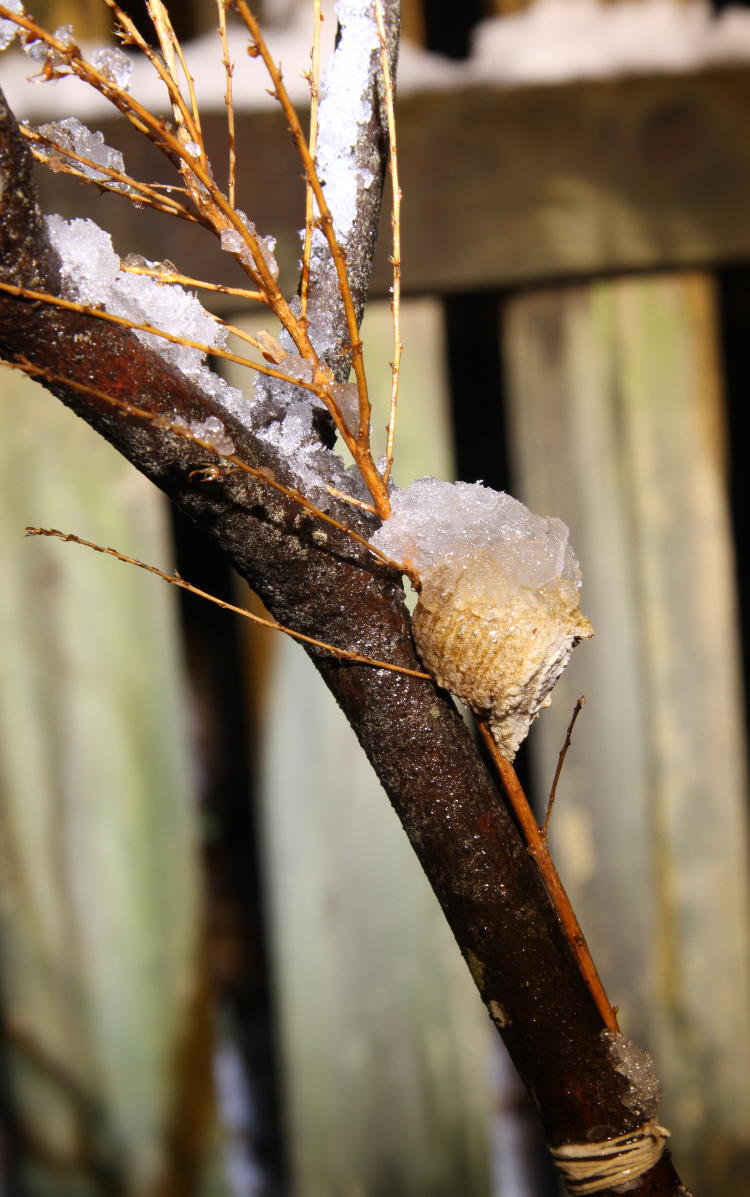
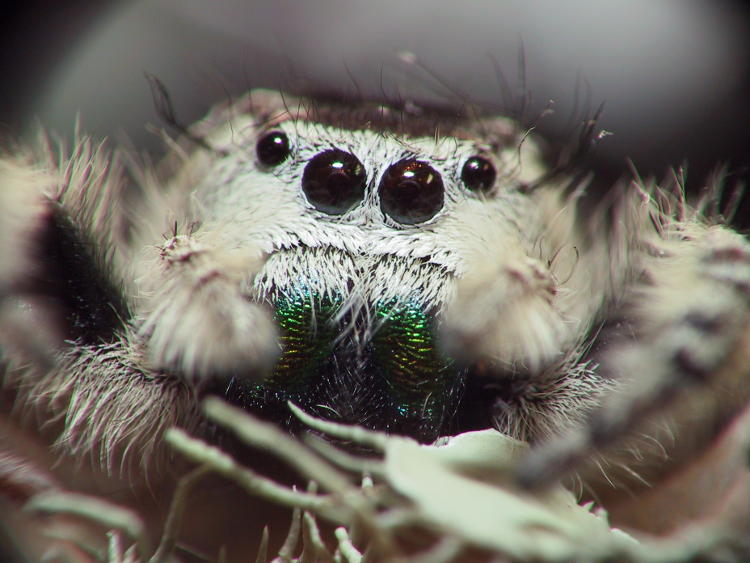
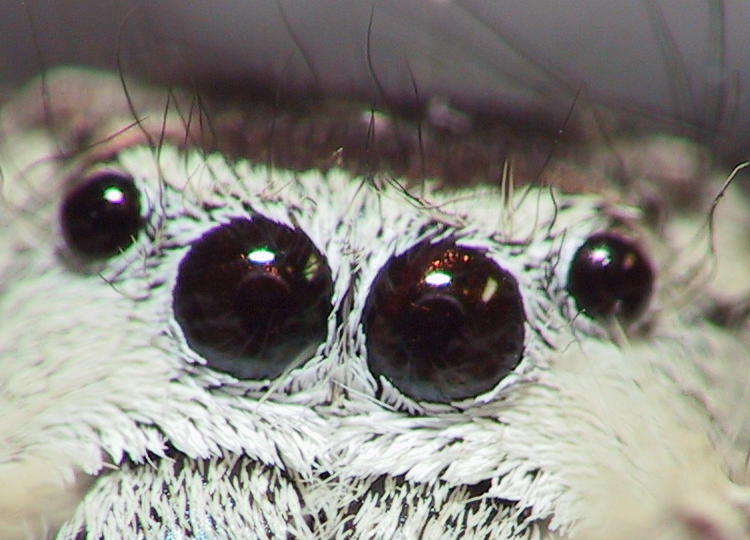
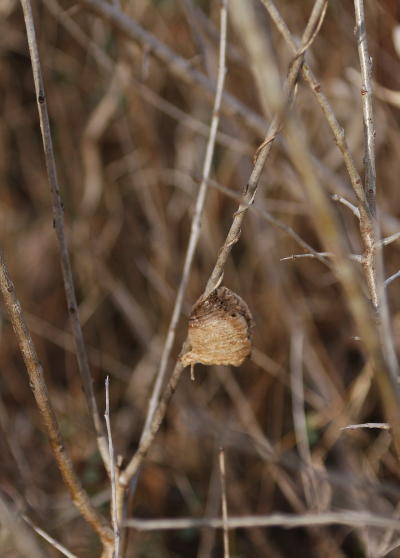 As the previous post indicated, we get our warm spells, which mostly bring rain, but then again, there’s a chance of snow predicted for Thursday night. It will almost certainly be trivial and not worth photographing, but that’s what conditions are like right now.
As the previous post indicated, we get our warm spells, which mostly bring rain, but then again, there’s a chance of snow predicted for Thursday night. It will almost certainly be trivial and not worth photographing, but that’s what conditions are like right now.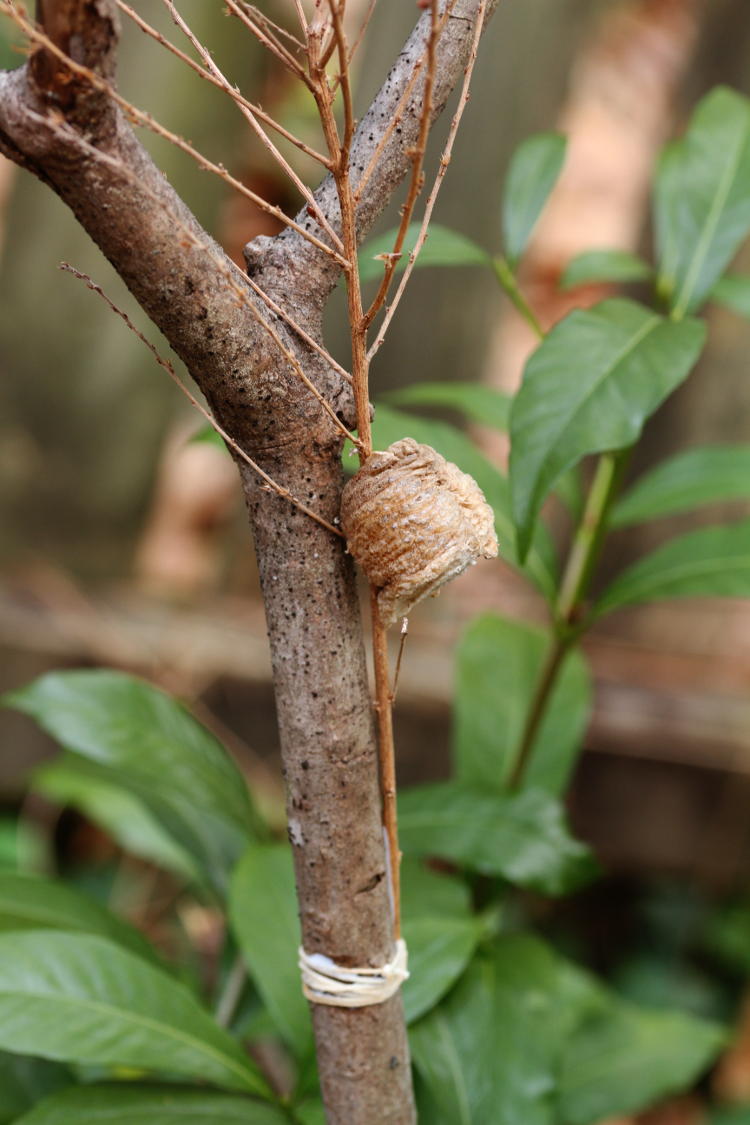
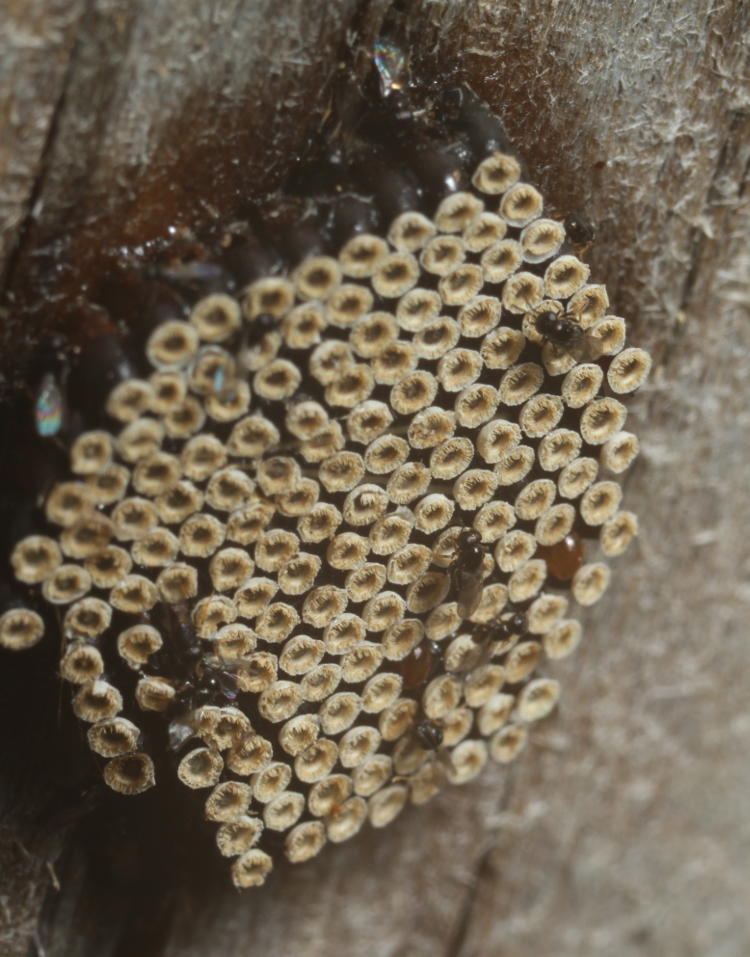
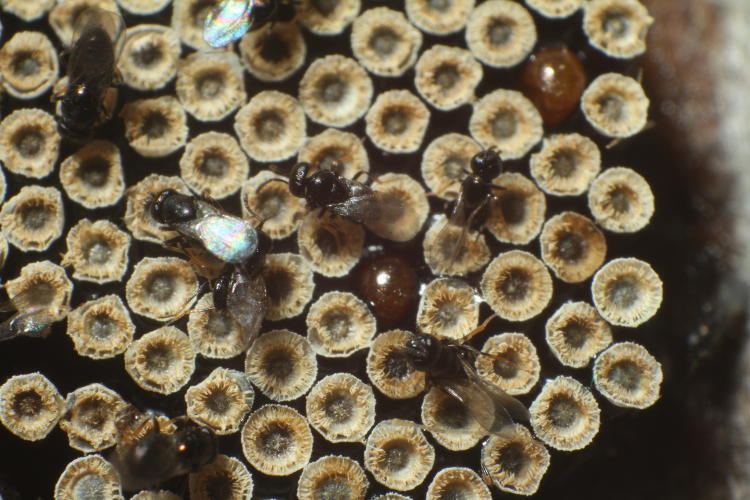
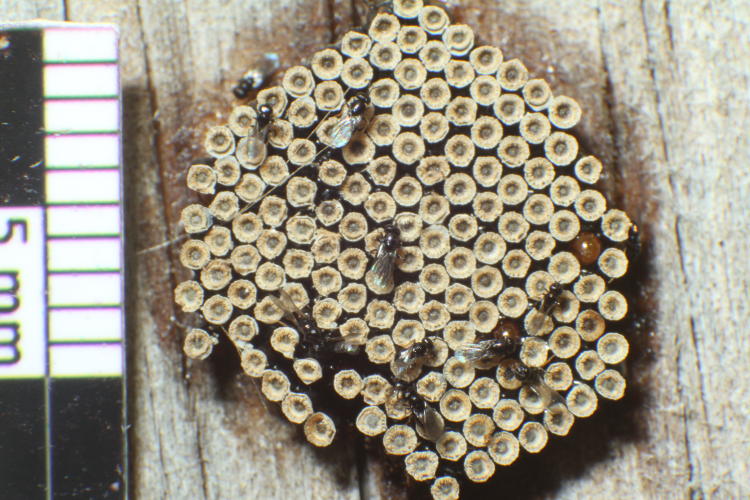
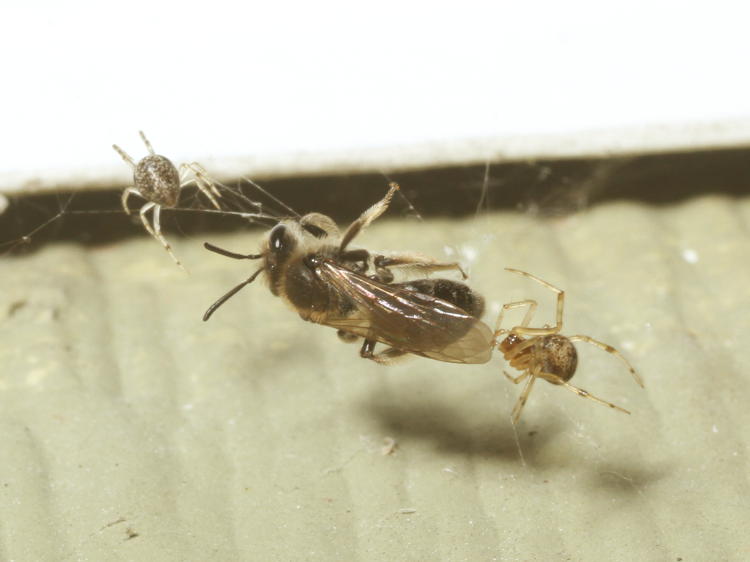
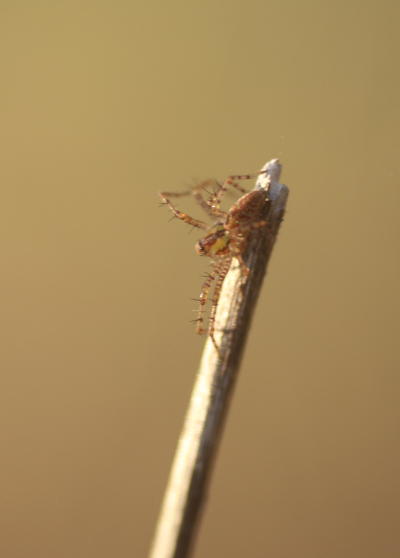 And on yesterday’s (well, Monday’s) outing, Mr Bugg and I sidetracked over to a park that was not flooded, one where we photographed a few green lynx spiders (Peucetia viridans)
And on yesterday’s (well, Monday’s) outing, Mr Bugg and I sidetracked over to a park that was not flooded, one where we photographed a few green lynx spiders (Peucetia viridans) 